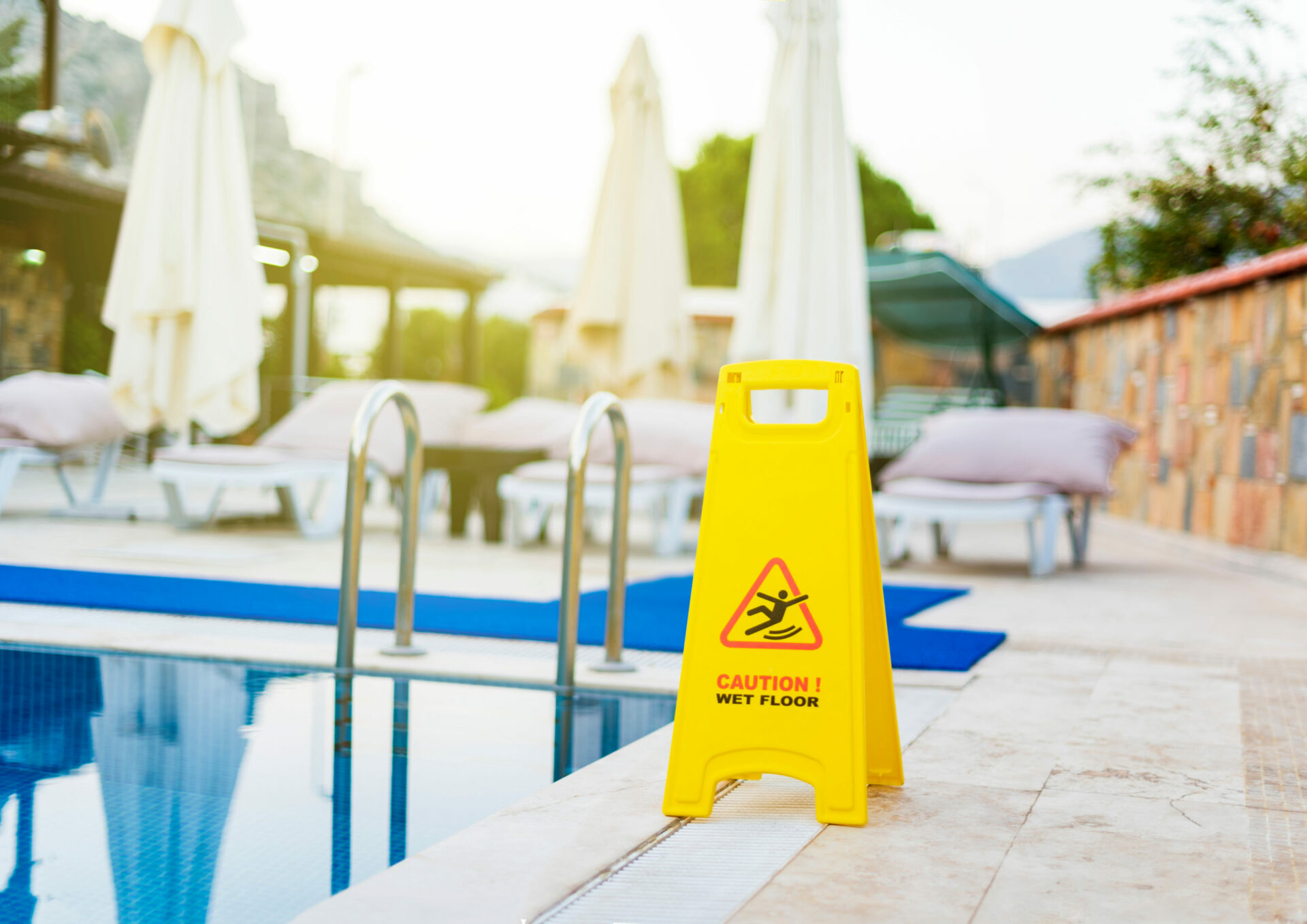
Few of us would ever consider taking Ibuprofen harmful. If you have a flu, headache or other pain, the over-the-counter drug normally provides rapid relief, allowing you to get on with your day.
But seemingly harmless Ibuprofen can cause devastating illness and even death. In December 2015, a 15-month-old baby was rushed to A&E in Southampton after his parents notices he was struggling to swallow and had a seriously elevated temperature. The infant had also developed a vicious looking red rash over his body.
He was diagnosed with Stevens-Johnson Syndrome, a rare but potentially deadly skin disorder. Caused by an unpredictable reaction to certain medication or infections, the disease can result in skin peeling off and organ failure. Thankfully, the child survived. Doctors linked the development of the disease to Calprofen, a children’s form of Ibuprofen, which he was given to ease a cough.
Stevens-Johnson Syndrome normally results in patients battling with various life-long disabilities. A spokesperson for Stevens-Johnson Syndrome UK told Metro :
‘For most survivors, their real battle with SJS starts in days, months or year after being discharged from hospital.’
For someone faced with life-changing injuries following the use or consumption of a particular product, getting access to rehabilitation and obtaining compensation to pay not only medical expenses but also the bills, should you not be able to work, is vital.
Bathroom products may not always be safe
Many large compensation claims for products commonly found in the average UK bathroom start in America in the form of large, class action lawsuits against a company. One of the biggest claims awarded in 2018 was £3.58 billion to 22 women who successfully argued that the use of Johnson and Johnson talcum powder contributed to them developing ovarian cancer. According to Cancer Research UK, there is no strong link between talcum powder and ovarian cancer, but its use around the genitals could increase the risk by 33%; precisely how is unclear. One hypothesis relates to the historical use of asbestos in Johnson & Johnson’s Baby Powder, however this was removed in the 1970’s in the UK and US. While the evidence is unclear, the landmark lawsuits in the US could point towards similar cases in the UK in the future.
Product liability claims in negligence
Manufacturers owe a duty of care to the end user of their products. By breaching their duty, they would be considered to have been negligent (liability in negligence). This would occur if the product posed a threat of injury, or to the safety of the individual, and it is deemed the conduct of the manufacturer fell below a reasonable standard. For a claim to be successful, it is also necessary to show the manufacturer could have reasonably foreseen the potential for damage.
The best-known example which explains the above is the ‘snail in the bottle of ginger beer case’, which led to the establishment of modern negligence law. Correctly referred to as Donoghue v Stevenson [1932] AC 562, the litigation involved a woman who suffered severe gastro-enteritis after swallowing the decomposed remains of a snail, when she drank a bottle of ginger beer. She was unable to sue the owner of the café from where her friend had purchased the beverage (as she had no direct contract with the café owner – she was not the purchaser), hence her only remedy was to seek compensation from the manufacturer of the pop.
Donoghue v Stevenson influenced future law around product liability and negligence as it established that to be a Claimant, you do not need to have purchased the product in question; anyone who ultimately consumed or used the product, who then suffered damage, could claim compensation if established rules of negligence such as causation and remoteness were met. In some cases, it is even possible to bring a claim against anyone involved in the fabrication and maintenance of defective products.
The primary goal of bringing a claim for compensation is to place the Claimant back into the same position (or as close as possible to) as they would have been in the act of negligence had never occurred. However, negligence is not the only route to being compensated for damage caused by a defective product.
Consumer Protection Act 1987 (CPA 1987)
The Consumer Protection Act 1987 (CPA 1987) also allows a Claimant to recover damages for personal injuries resulting from the use of a defective item. The CPA places strict liability (meaning negligence or intent to harm does not need to be established) for defective products on:
- Product producers, manufacturers or assemblers
- Any party responsible for a process the product has gone through in its production
- Any importer of the product into the EU
The CPA therefore widens the potential list of Defendants through which a claim can be sought, and because liability is joint and several, claims can be brought against multiple parties in the products supply chain.
In conclusion
As consumers we rely heavily on the honesty and integrity of the producers of products we bring into our home to use on ourselves and our children. Manufacturers of household goods must abide by strict laws and a duty of care to ensure the safety of the items they sell. If you or a member of your family have suffered injury or serious health outcomes due to the use of a defective product, it is important to seek legal advice immediately to determine your options. Should it be shown that a person or business involved in the supply or production of the product which caused you or your loved one harm was negligent, you may be able to seek compensation with an aim of placing you back into the same position you were before the damage was caused.
To find out more about personal injury and product liability, please call our office on 020 3588 3500.
Do you have any comments to make on this article? Please feel free to add them to the section below.
Table of content
Recent Posts
Cryptoasset Tax Changes From January 2026
The world of cryptoassets is in a constant state [...]
UK Housing Market – 2025 Update
Buying your first home in the UK is not a [...]
Can You Put Digital Assets In A Trust? – How To Protect Your Digital Estate
In an era where our lives are increasingly played out [...]








